Even Antarctica’s Coldest Region Is Starting to Melt
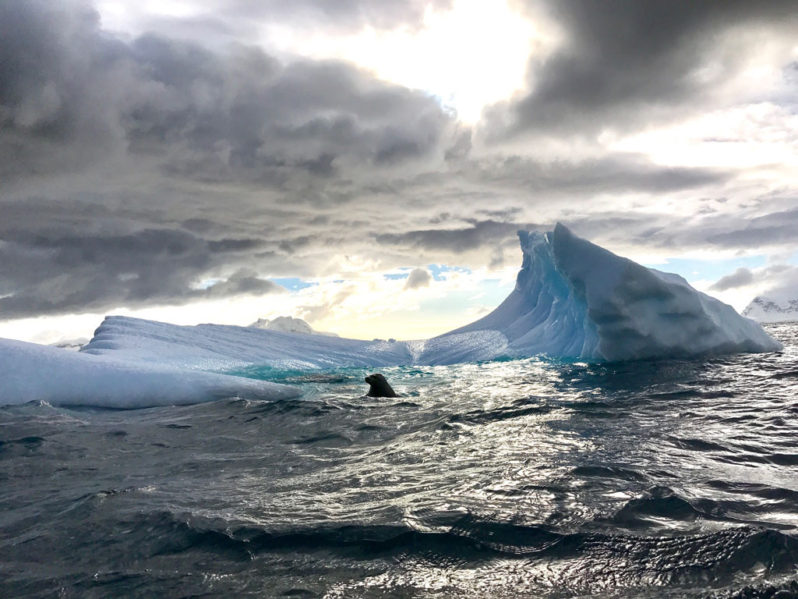
East Antarctica is the coldest spot on earth, long thought to be untouched by warming. But now the glaciers and ice shelves in this frigid region are showing signs of melting, a development that portends dramatic rises in sea levels this century and beyond.
Alaska hit 70 degrees the earliest ever
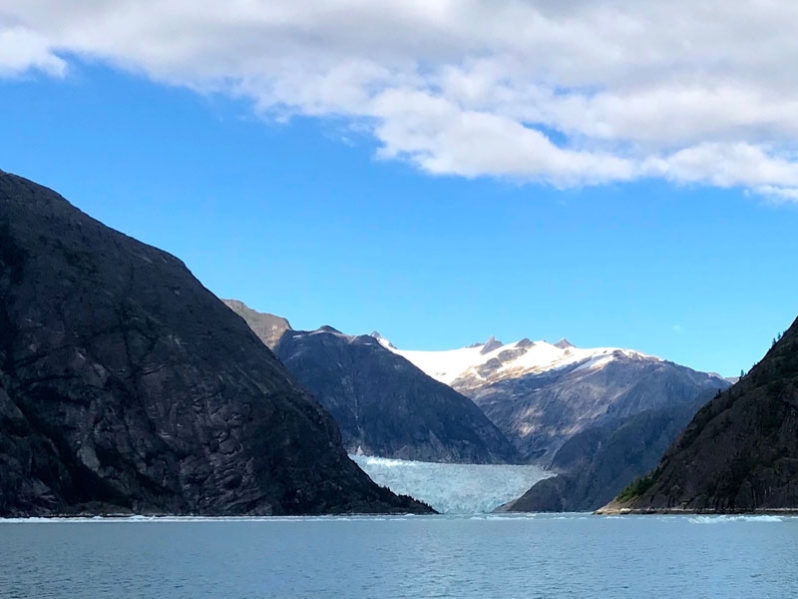
Parts of the state have had their earliest 70-degree readings on record. More records are expected to be broken this weekend, with temperatures soaring as much as 50 degrees above normal in the fastest-warming state.
Renewables Cheaper Than 75 Percent of U.S. Coal Fleet, Report Finds

Nearly 75 percent of coal-fired power plants in the United States generate electricity that is more expensive than local wind and solar energy resources, according to a new report. Wind power, in particular, can at times provide electricity at half the cost of coal, the report found.
9 of the 10 Worst Global Risks are Linked to Water
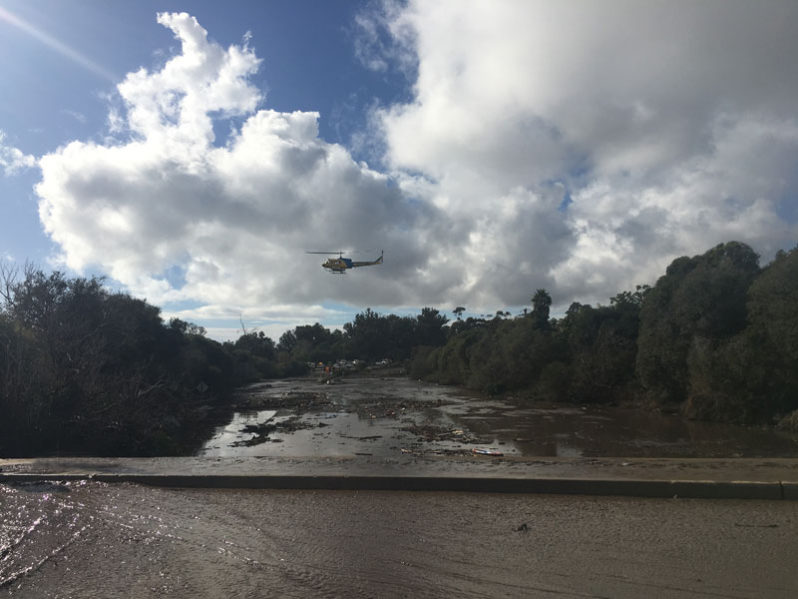
Of the 1,000 most severe disasters that have occurred since 1990, water-related disasters accounted for 90 per cent. With extreme water and weather events increasing in both frequency and severity in the wake of climate change, floods and droughts are set to strike harder and more often in the years to come.
Researchers create hydrogen fuel from seawater
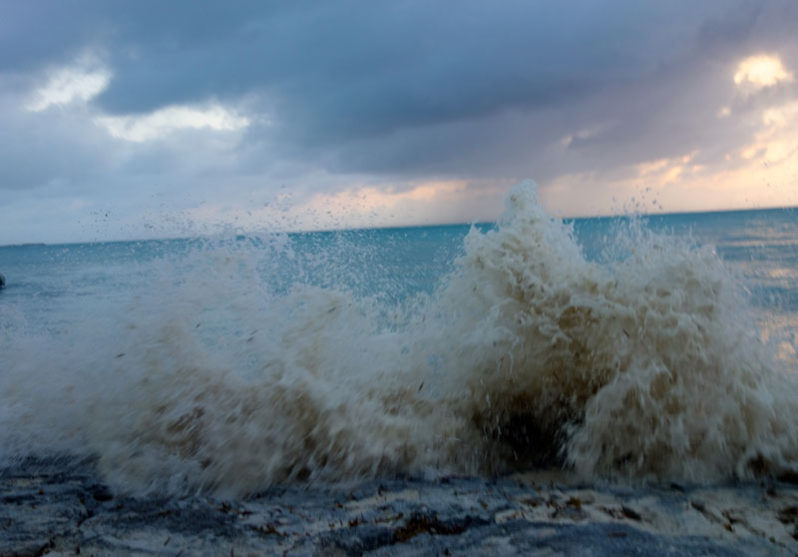
Stanford researchers have devised a way to generate hydrogen fuel using solar power, electrodes and seawater – Earth’s most abundant source – for chemical energy.
Sharp rise in Arctic temperatures now inevitable – UN
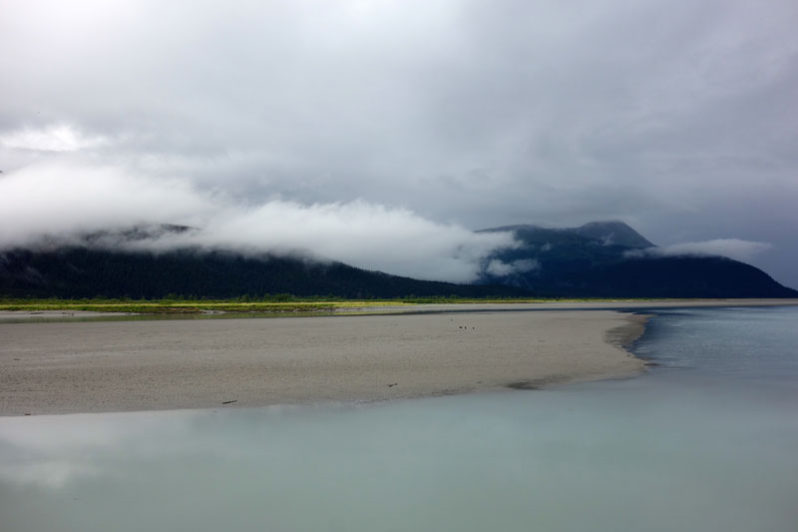
Sharp and potentially devastating temperature rises of 3C to 5C in the Arctic are now inevitable even if the world succeeds in cutting greenhouse gas emissions in line with the Paris agreement, research has found.
Our oceans broke heat records in 2018 and the consequences are catastrophic
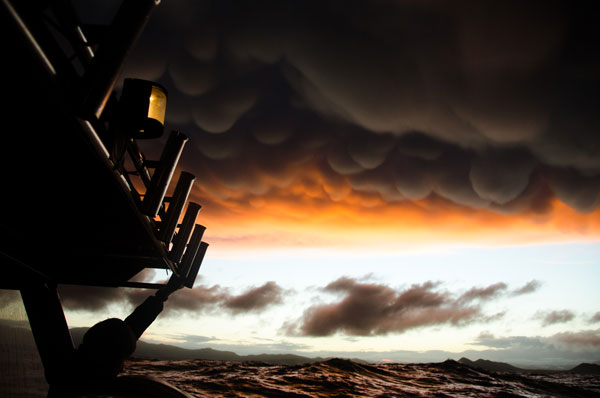
Last year was the hottest ever measured, continuing an upward trend that is a direct result of manmade greenhouse gas emissions. The key to the measurements is the oceans. Oceans absorb more than 90% of the heat that results from greenhouse gases.
Why don’t U.S. nuclear regulators acknowledge the dangers of climate change?
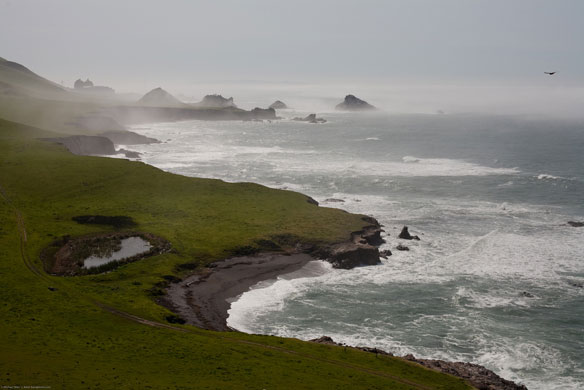
When America’s fleet of nuclear reactors was designed some four-plus decades ago, few people had ever heard the phrase “climate change.” Today, the global threats of worsening weather patterns and natural disasters are well recognized, commanding concern and responses across the board. Except, apparently, at the U.S. Nuclear Regulatory Commission.
Tropical Species Moved Hundreds of Miles North During Marine Heatwave
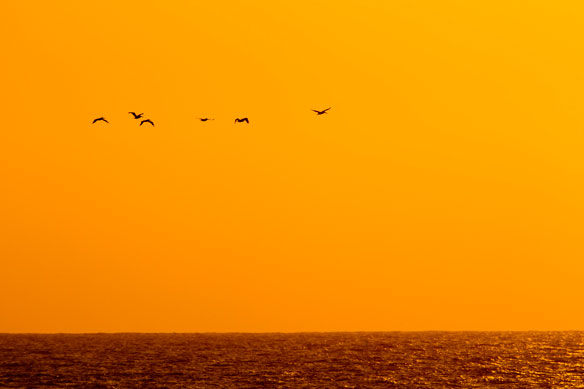
Between 2014 and 2016, parts of the eastern Pacific Ocean warmed as much as 7 degrees Fahrenheit above average during what has been characterized as the worst marine heatwave on record. During the event, scientists began discovering a record number of tropical sea species along the northern California and Oregon coasts, more than 700 miles north of their usual range.
